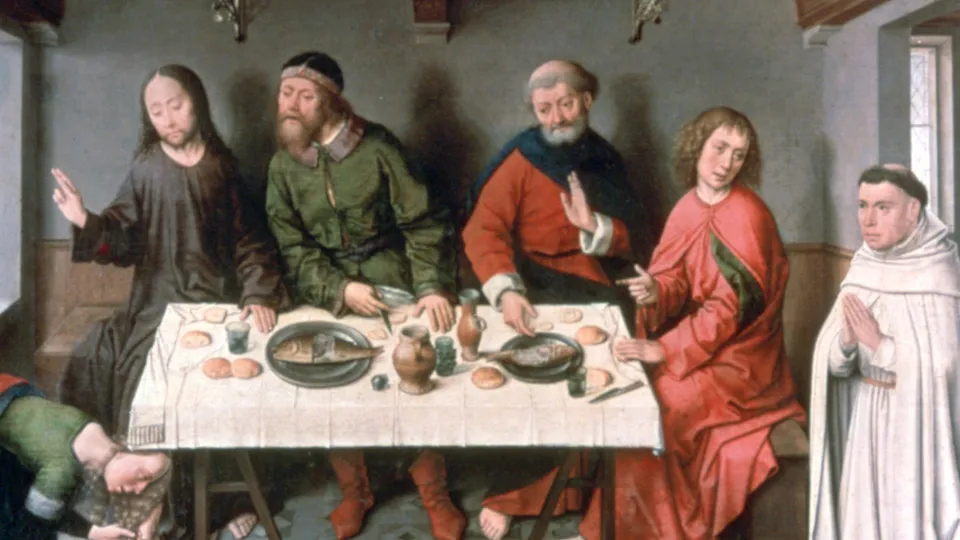When considering food in the medieval period, our minds often show us images resembling scenes from 'The Lord of the Rings' films. We envision bearded men devouring large turkey legs and chunks of bread while downing tankards of ale. However, the reality of the medieval diet was both simpler and incredibly bizarre in different ways. The medical practitioners of that era are not particularly known for their expertise and precision. Their understanding of food and its impact on health led to some incredibly peculiar dietary preferences. Take a journey through this gallery to uncover the true eating habits of the average person in medieval Europe.
What did the average person eat in medieval Europe?
A peek into the daily life of a medieval peasant
© Getty Images
RECOMMENDED FOR YOU



